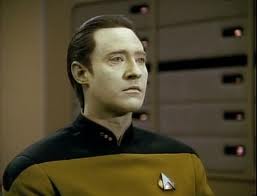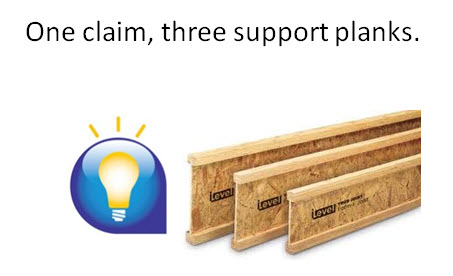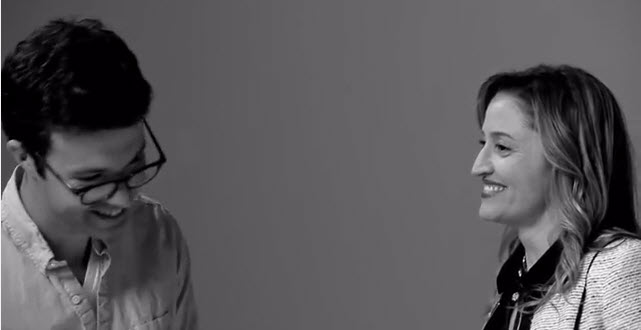Elevator Speech Vs. Is-Does
A term of art in branding these days is “elevator speech.” It is a reference to a concise explanation of purpose. David Belasco, a great theater impresario, once said “If you can’t put your idea on the back of a business card, it’s not a clear idea.”
The thing about elevator speeches is that they can be poorly constructed. They can meander. They also can be incomplete. Last week I met someone who referred to herself as an educational consultant, when in fact, she counseled high school students selecting colleges. I thought she provided consulting services to K12 and universities. Poor elevator speech.
I get around this by coaching clients to think about their Is-Does: What a brand is and what a brand does. In this day and age of tech start-ups, it is sometimes hard to know if you are dealing with a company, service, software, hardware or some combination thereof…often referred to as a platform. You are likely to find a company’s Is-Does in the first sentence and “About” paragraph of their press releases. Also on their website About section. But even there, they are not always clear. Not always succinct.
Undercurrent’s Is-Does: “Strategic partner for the 21st century” is a good one. Pregnant with meaning. My Is-Does for What’s the Idea?: “A brand consultancy” is good one, but lacks a benefit a la for the 21st century reference of Undercurrent — read innovation.
A good way to judge your Is-Does is to think of it as you would a 5 second radio sponsorship. Fill in these blanks. This program brought to you by Brand X, the ________, that ________. Hmm. Maybe I should change Is-Does to The-That.
Get your Is-Does right…so others can. It’s the first step in good branding. Peace.





